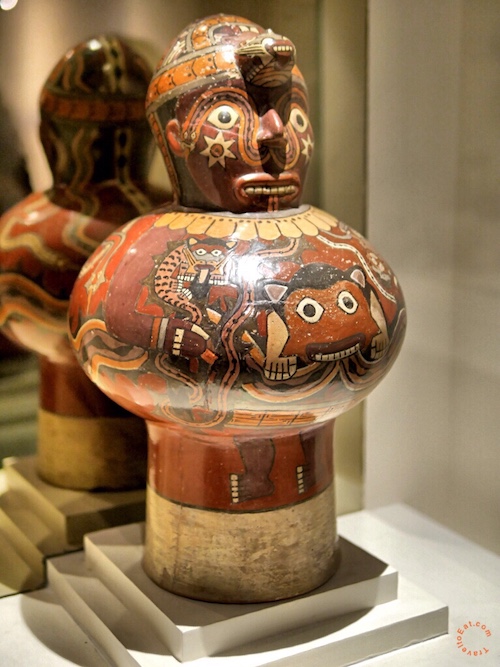Shedding Light on the Mysteries of the Nazca Culture (100 BCE – 800 CE)

The Nazca culture, also spelled Nasca, was an influential archaeological society that thrived from 100 BCE to 800 CE along the arid southern coast of Peru. Centered around the river valleys of the Rio Grande de Nazca drainage and the Ica Valley, the Nazca were heavily influenced by the preceding Paracas culture, renowned for its intricate textiles.

The Nazca are celebrated for their remarkable contributions to various crafts and technologies, including ceramics, textiles, and the famous geoglyphs known as the Nazca Lines. These geoglyphs, vast designs etched into the desert floor, remain one of the most enigmatic legacies of ancient Peru, attracting scholars and tourists alike.

Despite the harsh desert environment, the Nazca engineered impressive agricultural systems, utilizing techniques such as underground aqueducts called puquios to irrigate their crops. Their ceramics, often adorned with vivid and complex iconography, provide valuable insights into their daily life, beliefs, and social structure.

Recent archaeological discoveries continue to shed light on this enigmatic culture, offering glimpses into their sophisticated society and its eventual decline. The legacy of the Nazca endures, captivating modern imaginations and underscoring the ingenuity of ancient civilizations in overcoming environmental challenges
